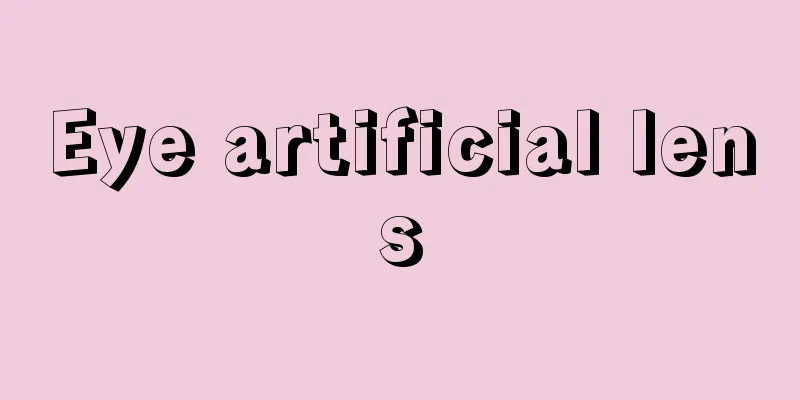Eye artificial lens

|
For some serious eye diseases, the patient needs to have the eye removed. At this time, artificial lenses will be used as a replacement. The artificial lens is a precision optical component composed mainly of protein and water. Therefore, general artificial lenses also have a service life. When the artificial lens becomes fogged or cloudy, it needs to be replaced. Let’s take a closer look at artificial lenses. Artificial lens, also known as intraocular lens, is a precision optical component that is surgically implanted into the eye to replace the removed cloudy lens. The main components of the human lens are protein and water. It will become fogged or cloudy due to aging. The fogged lens will hinder the projection of light and images onto the retina. Eye damage, certain diseases, and even certain drug treatments can cause lens fogging. According to statistics, more than 90% of cataract cases are caused by the aging process that humans must go through. The lens of the eye becomes cloudy, which in turn affects vision. The mechanism is still unclear, and drug treatment has not yet made any breakthrough progress. The only truly effective treatment for cataracts is surgery, which involves removing the lens that has become opaque and replacing it with an artificial lens, called an intraocular lens. Intraocular lens implantation is the most effective means of treating cataracts. Thousands of cataract patients have gained good vision through this safe and effective surgical method. Artificial lens, also known as intraocular lens, is a precision optical component that is surgically implanted into the eye to replace the removed cloudy lens of the eye, which is equivalent to replacing a lens. Classification According to the placement position, it is divided into anterior chamber fixed intraocular lenses, iris fixed intraocular lenses, and posterior chamber fixed intraocular lenses. Usually the best place to place an intraocular lens is in the capsular bag of the natural lens, which is the location of the posterior chamber fixed intraocular lens. According to hardness, they are divided into rigid intraocular lenses and foldable intraocular lenses. Hard intraocular lenses cannot be folded and require an incision the same size as the optic of the lens (about 6 mm) to implant the lens into the eye. In order to adapt to the advancement of surgery, the materials of artificial lenses have been gradually improved, and foldable artificial lenses have emerged. They can be folded in half or even curled up, and implanted with forceps or implanters. After entering the eye, the folded artificial lens will automatically unfold and support itself in the designated position. |
>>: How to make your own VR glasses?
Recommend
What causes pain in the back of the head and headache?
Nowadays, due to too much work pressure and peopl...
How to clean a silver bracelet and make it shiny
Silver bracelets are a type of jewelry that many ...
Is surgery necessary for mid-stage brain cancer?
Intracranial malignant tumors, including gliomas,...
Outdoor leisure chair
Now when we go shopping, we can see outdoor leisu...
What are the benefits of eating seahorse for women
Seahorse is a relatively common small animal in t...
What are the symptoms and characteristics of hamartoma
In our daily life, we should not only focus on wo...
What to drink when staying up late
The pressure of life is getting greater and great...
What is the correct way to use softener?
When washing clothes, you will find a problem. Du...
Reasons for scanty and unformed stools
Abnormal stool color, infrequent bowel movements,...
Look at the tongue coating to know the health method
Whether the tongue coating is normal has a lot to...
How to preserve snails without killing them
If the snails are dead, they must not be eaten be...
What symptoms does colon cancer usually manifest itself in?
The appearance of colorectal cancer will make man...
What is the reason for a hard pimple on the skin?
We must pay special attention to our physical hea...
How to enhance skin immunity
When it comes to enhancing skin immunity, I belie...
Dietary care methods for patients with cardia cancer
The diet of patients with cardiac cancer has alwa...









